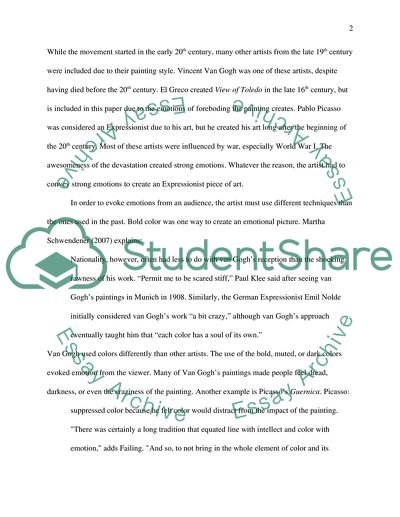Cite this document
(“Characteristics of Expressionism Term Paper Example | Topics and Well Written Essays - 1750 words”, n.d.)
Characteristics of Expressionism Term Paper Example | Topics and Well Written Essays - 1750 words. Retrieved from https://studentshare.org/visual-arts-film-studies/1566351-characteristics-of-expressionism
Characteristics of Expressionism Term Paper Example | Topics and Well Written Essays - 1750 words. Retrieved from https://studentshare.org/visual-arts-film-studies/1566351-characteristics-of-expressionism
(Characteristics of Expressionism Term Paper Example | Topics and Well Written Essays - 1750 Words)
Characteristics of Expressionism Term Paper Example | Topics and Well Written Essays - 1750 Words. https://studentshare.org/visual-arts-film-studies/1566351-characteristics-of-expressionism.
Characteristics of Expressionism Term Paper Example | Topics and Well Written Essays - 1750 Words. https://studentshare.org/visual-arts-film-studies/1566351-characteristics-of-expressionism.
“Characteristics of Expressionism Term Paper Example | Topics and Well Written Essays - 1750 Words”, n.d. https://studentshare.org/visual-arts-film-studies/1566351-characteristics-of-expressionism.


